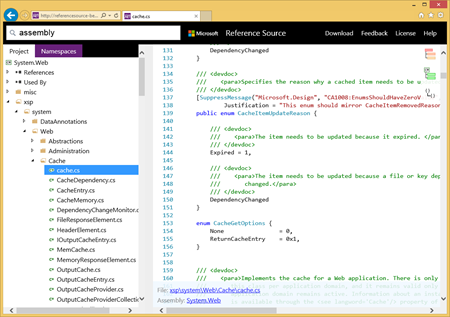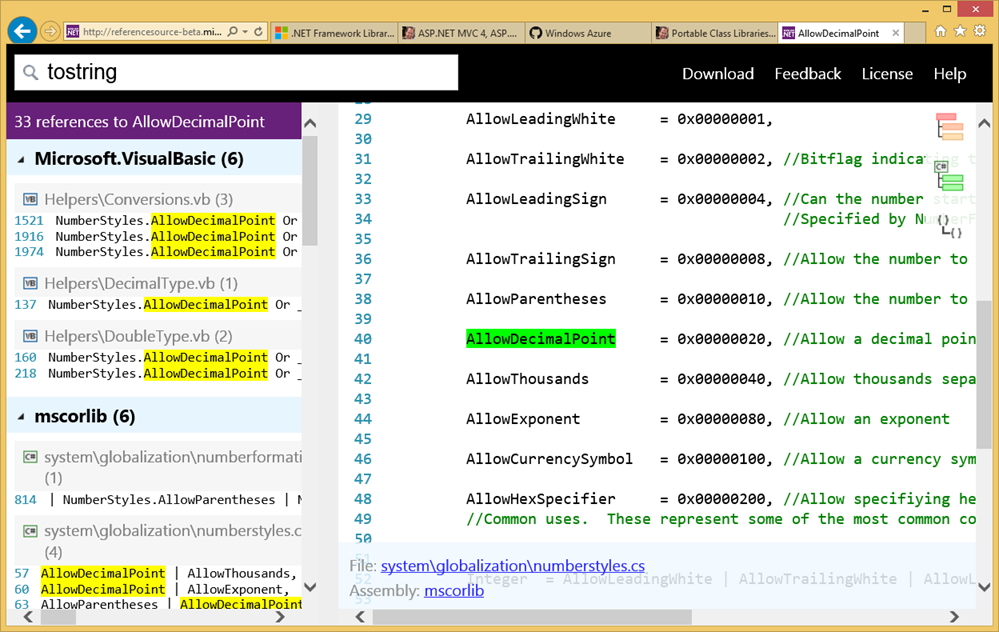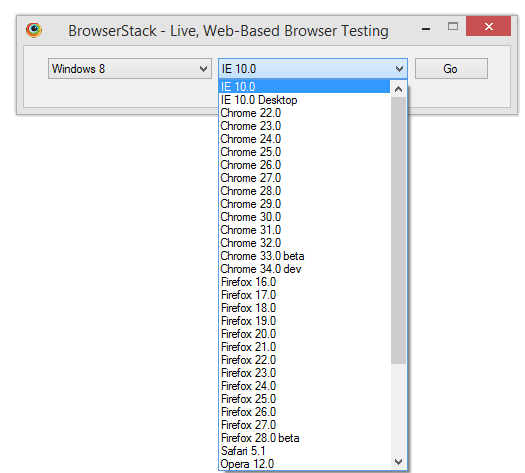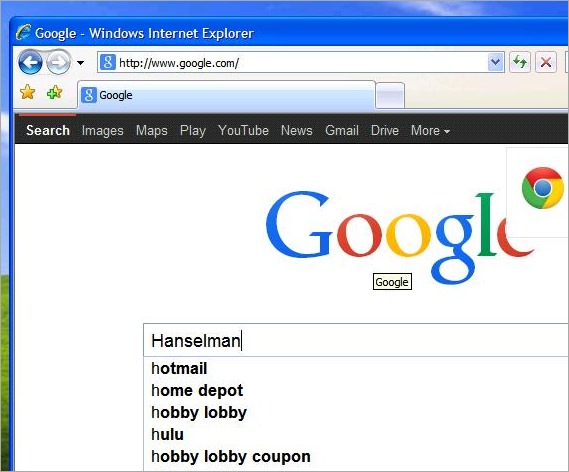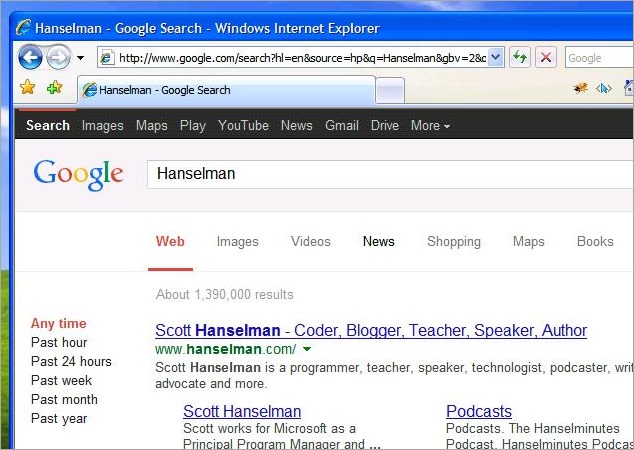When is it stealing?
 Anything you put on the internet is gonna get stolen. It's preferable if it gets shared or linked to but often it gets copied and copied again.
Anything you put on the internet is gonna get stolen. It's preferable if it gets shared or linked to but often it gets copied and copied again.
RSS is magical but it makes it even easier to programmatically syndicate (copy) content. Search around and you'll likely find complete copies of your entire blog mirrored in other countries'.
There's so many websites (now "media empires") that have taken aggregation to the extreme, giving it the more palatable name "content curation." Now, to be clear, I respect the work involved in curation. Sites like http://dumbesttweets.com require work and attribute creators. But taking a post, copying unique content, even paraphrasing, and then including a small link just isn't kind. Forget about the legality of it, remembering IANAL, but it's just poor netiquette to not to ask permission before using non-Creative Commons content.
Every week or two I get an email from some large aggregation site that says "We'd love to reprint your post...it'll get you more readers." The few times I've done this they've gotten 50,000 views and I've gotten 300 referral views. Likely because the "originally appeared on Hanselman.com" link a the bottom is in 4 point font.
Sites like ViralNova and BuzzFeed are effectively reblogging and embedding machines powered by linkbait copyrighters. "What happened next will shock you."
Even if you make a piece of software, someone may just wrap/embed your installer with their own installer and build a whole business around it.
Narrating your blog posts
Today It was pointed out to me that a nearly 7 year old (and not very good) blog post of mine had be narrated - effectively turned into a podcast - by a startup called Umano. BTW, it's more than a little ironic that my post wasn't even mine. It's an excerpt - published with permission - of my friend Patrick Cauldwell's larger post.
I've used the Umano developer tools and embedded the narrated version here.
First, let me just say that this is essentially a great idea. It's the opposite of transcribing a podcast. It's creating podcasts from existing content using professional narrators, not just text to speech. This could be great for not just the visually impaired but also for anyone who wants to catch up on blogs while commuting.
UPDATE! Umano has narrated THIS blog post! Have a listen! http://umano.me/c/AExmo
Where did the Content come from?
Here's a screenshot of the post on Umano's site. You can see my name "Hanselman" is there, but it's not a link. The headline is a link, but you'd never know until you hovered over it. There's really no easy way to tell where, when, and how this content came about. I think that Umano could easily redesign this site to put the content owner front and center.

Podcasts and audio snippets from blog posts? Great idea, except I wrote the script for this podcast. If I wrote the script and they did the narration, then this must be a partnership, right?
However, if we look at Umano's own Terms of Use:
SoThree claims no ownership or control over any of the content you post to the Service ("Your User Content"). You or a third party licensor, as appropriate, retain all copyright, patent, and trademark rights to any of the content you post on or through the Service. You are responsible for protecting those rights.
Ok, they don't own the content.
By posting Your User Content on or through the Service, you grant SoThree a universal, non-exclusive, royalty-free license to reproduce, adapt, distribute and publish such content through the Service and for the purpose of promoting SoThree and its services.
I'm pretty sure I haven't granted them a universal license to my content as I didn't submit this link. On their home page they say that "you tell us what articles should be voiced." The community submits links, sometimes to content they are a fan of, but don't own, then Umano narrates it.
You may not aggregate, copy, or duplicate any SoThree Content.
Wait, but I can't copy their content? Their content that was generated from my content.
Does this mean I can get a book from the library and narrate it? Turn it into a podcast?
@umanoapp @shanselman I'm fairly sure audio-book creators get permission from the original authors.
— Rory Becker (@RoryBecker) February 26, 2014 I am told by Umano's twitter account that I'm the first person to object to their content being copied without permission.
@shanselman the feedback we have been getting from bloggers is they appreciate the distribution + value add. You are actually the first :)
— Umano (@umanoapp) February 26, 2014 I certainly don't think Umano is are malicious. Umano is perhaps naive, if they think can narrate blogs without someone speaking up. That said, their narrators are top notch and their site and app are both attractive and usable. Frankly, I'd be happy if they narrated my whole blog (or at least the good stuff and not the lousy decade-old stuff) and made a podcast feed of my blog like their competitor Castify. But I'd like Umano to do it with me.
Sites like this should ask creators first and their business model should be based on partnerships with content creators, not assumptions. Stitcher has the right idea. I've submitted my content to them and entered into a partnership. They didn't just suck my podcasts in and make a radio station.
Even a single email from Umano like "hey, we would love to narrate your blog, click here and sign this little form" would have be sufficient.
Narrate first, ask questions later? Michael Dunbar nails it with this tweet:
@shanselman @umanoapp call me typically English, but the whole thing could have been avoided with manners.
— Michael Dunbar (@mikkeldunby) February 26, 2014 This is an easily solved problem, and it's not just a problem with Umano. This applies to all businesses and startups that rely on content created by others. I think it's important to honor attribution. This isn't about money or even copyright, although those things do apply. Rather, this is about netiquette. When you're building a business model, build it around partnerships and transparency, not assumptions around fair use and copyright. Aask first.
What are your thoughts, Dear Reader?
(If they narrate this one, I'll update the post and complete the circle. ;) )
Related Links
- Here's 10 things I did before I wrote this blog post title. What happened next will shock you.
- Image: Pickpocket image by Duncan Hill, used under Creative Commons.
About Scott
Scott Hanselman is a former professor, former Chief Architect in finance, now speaker, consultant, father, diabetic, and Microsoft employee. He is a failed stand-up comic, a cornrower, and a book author.
About Newsletter

